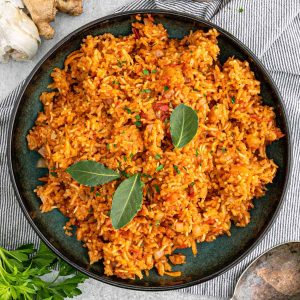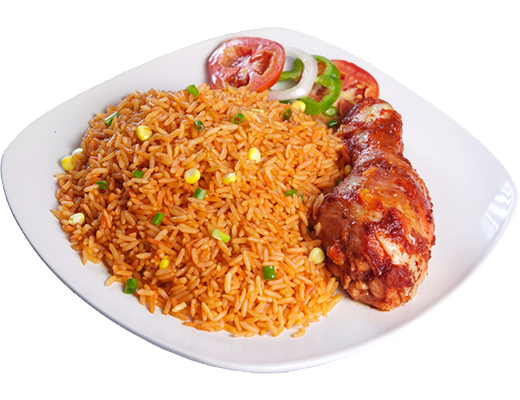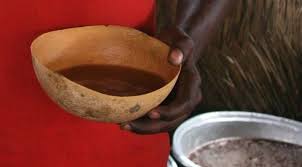Jollof rice, a popular and iconic West African dish, holds a special place in the hearts of many people. Bursting with vibrant flavors and colors, this savory one-pot rice dish has become a symbol of unity, celebration, and cultural identity across the region. From Nigeria to Ghana, Senegal to Sierra Leone, jollof rice has transcended borders and captivated taste buds worldwide. In this article, we delve into the origins, preparation, and significance of this beloved culinary masterpiece.
Origins and Cultural Significance
The exact origin of jollof rice is a topic of debate and regional pride. While its roots can be traced back centuries, the dish has evolved and adapted across various countries in West Africa. Nigeria and Ghana, in particular, often claim to have the best jollof rice, sparking friendly rivalries and passionate discussions among food enthusiasts.
Beyond its gastronomic appeal, jollof rice carries immense cultural significance. It is a staple at weddings, festivals, and family gatherings, symbolizing abundance, togetherness, and communal joy. This dish unites people from diverse backgrounds, transcending ethnic, religious, and national boundaries. The act of sharing a plate of jollof rice can foster a sense of belonging and reinforce cultural identity.

Preparation and Ingredients
Jollof rice is typically made with long-grain rice, cooked in a flavorful tomato-based sauce. The dish showcases a harmonious blend of aromatic spices, vegetables, and protein options, such as chicken, beef, or fish. Common ingredients include tomatoes, onions, garlic, bell peppers, chili peppers, thyme, bay leaves, and stock cubes, which infuse the rice with a delightful medley of flavors.
The cooking process involves sautéing the onions, garlic, and peppers, then adding tomato paste or fresh tomatoes to create a rich base. Spices are added, allowing the flavors to meld together before the rice is added. The rice simmers in the sauce, absorbing the vibrant colors and fragrant aromas, resulting in a tantalizing dish that is both visually stunning and incredibly delicious.
Variations and Adaptations
While the core ingredients remain consistent, jollof rice recipes can vary from region to region and even from one family to another. In Nigeria, for example, you might find party jollof rice, which is cooked over an open fire, giving it a slightly smoky flavor. In Ghana, the rice may be accompanied by fried plantains and a side of coleslaw. Senegal’s version, known as “thiéboudienne,” often incorporates fish and a variety of vegetables.
Furthermore, jollof rice has inspired creative adaptations around the world. Chefs and food enthusiasts have experimented with vegetarian and vegan versions, substituting meat with ingredients like tofu, mushrooms, or plant-based protein. These adaptations demonstrate the versatility and adaptability of jollof rice as it continues to captivate international palates.

Jollof rice is more than just a dish; it is a symbol of cultural heritage, unity, and celebration. With its vibrant colors, aromatic spices, and diverse variations, jollof rice has earned its place as one of the most beloved and iconic culinary delights from West Africa. Its journey from a traditional family recipe to an international sensation showcases the power of food to bring people together and bridge cultural divides. So, whether you savor it at a festive occasion or try your hand at preparing it in your own kitchen, jollof rice promises an unforgettable and mouth watering experience that transcends borders.




